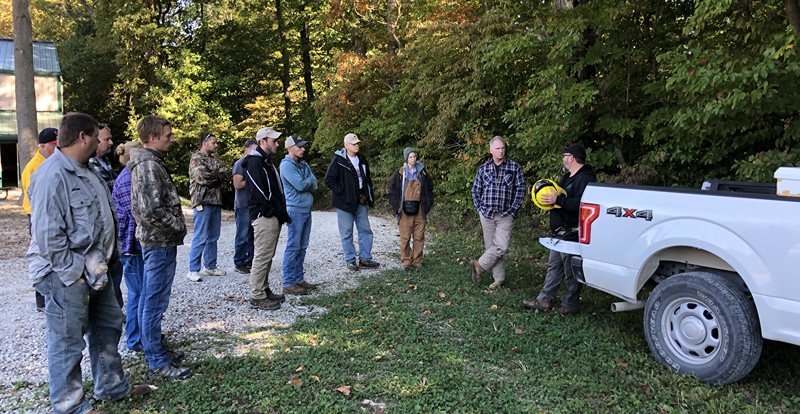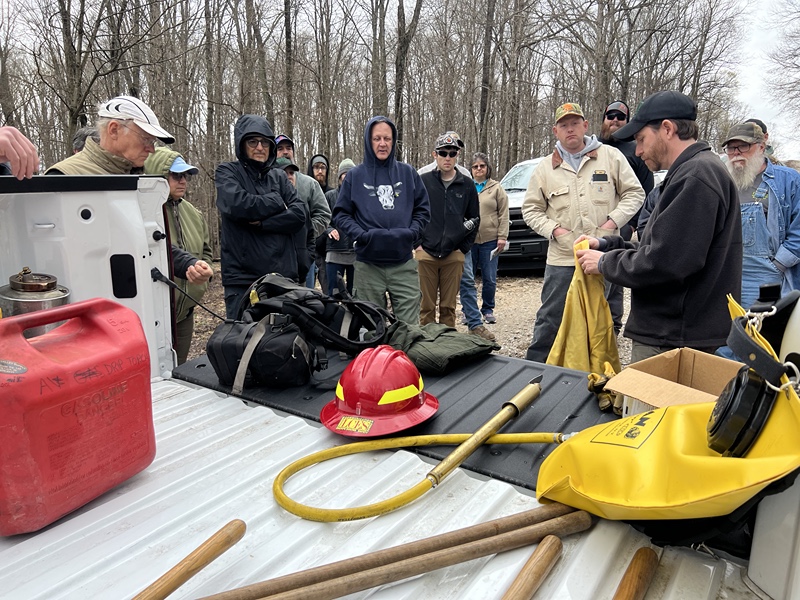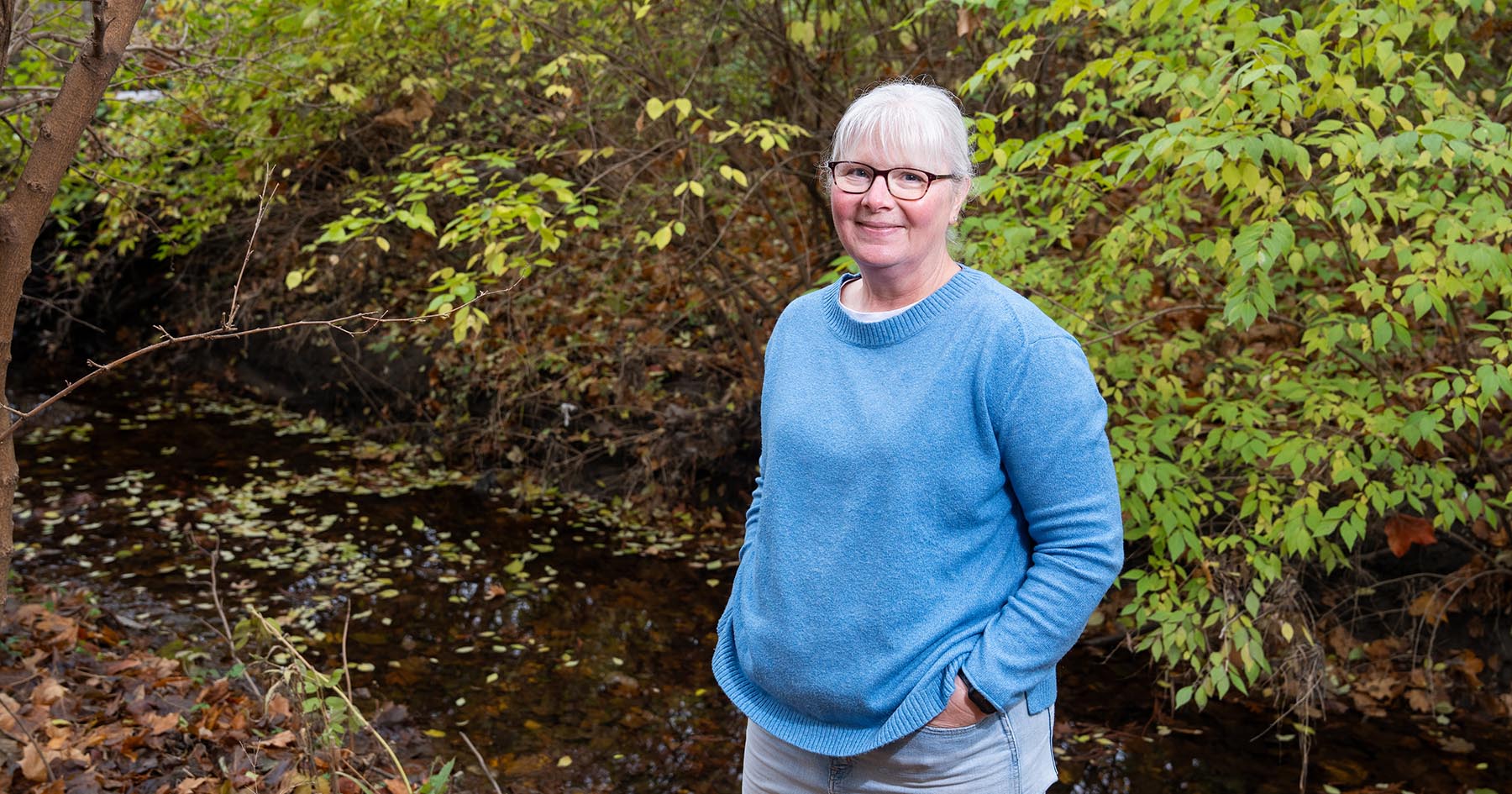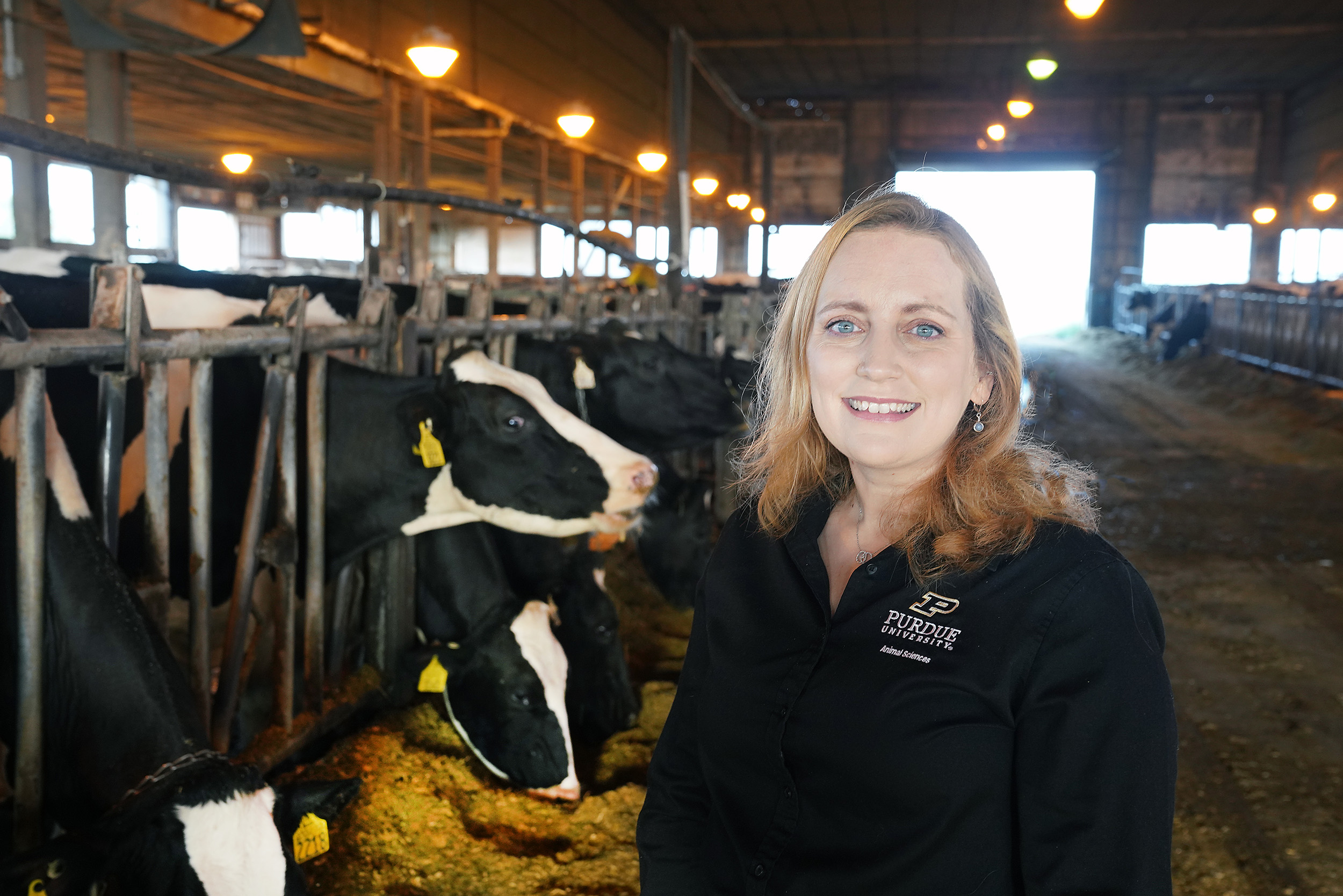Prescribed burns: A vital conservation tool for Indiana landowners
Prescribed fire has long been a cornerstone of land conservation. From restoring native plant communities to reducing wildfire risks, this intentional use of fire is an effective and affordable tool for land management. According to Jarred Brooke, Extension wildlife specialist in Purdue University’s Department of Forestry and Natural Resources, these practices may enable Indiana landowners to achieve their management objectives.
“Prescribed fire helps control invasive species, improve wildlife habitat, and rejuvenate ecosystems that depend on periodic fire,” Brooke said. “It’s a practice rooted in both science and tradition.”
Brooke leads hands-on training programs like Purdue Extension’s “Learn-N-Burn” workshops, which give landowners and conservation professionals practical experience in fire safety, timing, and ecological benefits. He also chairs the Indiana Prescribed Fire Council, which promotes the safe and effective use of prescribed fire across the state.
Despite its value, prescribed burning on private lands in Indiana has faced challenges - particularly around liability and access to insurance. That changed with the passage of Indiana State Bill 1557 which took effect on July 1, 2025. The new law defines prescribed burning, establishes certification requirements, and provides legal protections for certified burn managers.
“This legislation gives landowners and practitioners the confidence to use fire responsibly, knowing they have clear guidelines and protections in place,” Brooke said. “Purdue is excited to continue to support these initiatives for the betterment of land management in our state and beyond.”
Under the law, a certified prescribed burn manager must be present during any burn, and a completed burn plan is required. The Indiana Department of Natural Resources now oversees the certification process, which includes online coursework, in-person training, and live fire experience - often facilitated by Purdue’s Learn-N-Burn workshops.
Brooke noted that many Hoosiers are eager to use prescribed fire, especially those managing forestland or participating in conservation programs like the Conservation Reserve Program (CRP). “Much of my Extension work focuses on helping people understand how fire can be used safely and effectively to meet their land management goals,” he said.
The legislation also supports the formation of prescribed burn associations - groups of landowners who share resources and expertise to conduct burns collaboratively. These associations, along with new fire service businesses, had previously struggled to obtain liability insurance due to the lack of legal clarity. This new law addresses that gap by limiting liability to actual damages and exempting prescribed burns from being classified as nuisances under certain conditions.
“Most states around Indiana already had laws in place to support prescribed burning,” Brooke said. “This bill brings Indiana in line with best practices and opens the door for more widespread, safe use of fire as a conservation tool.”
To learn more about prescribed fire training and certification, visit https://inpfc.org/.







